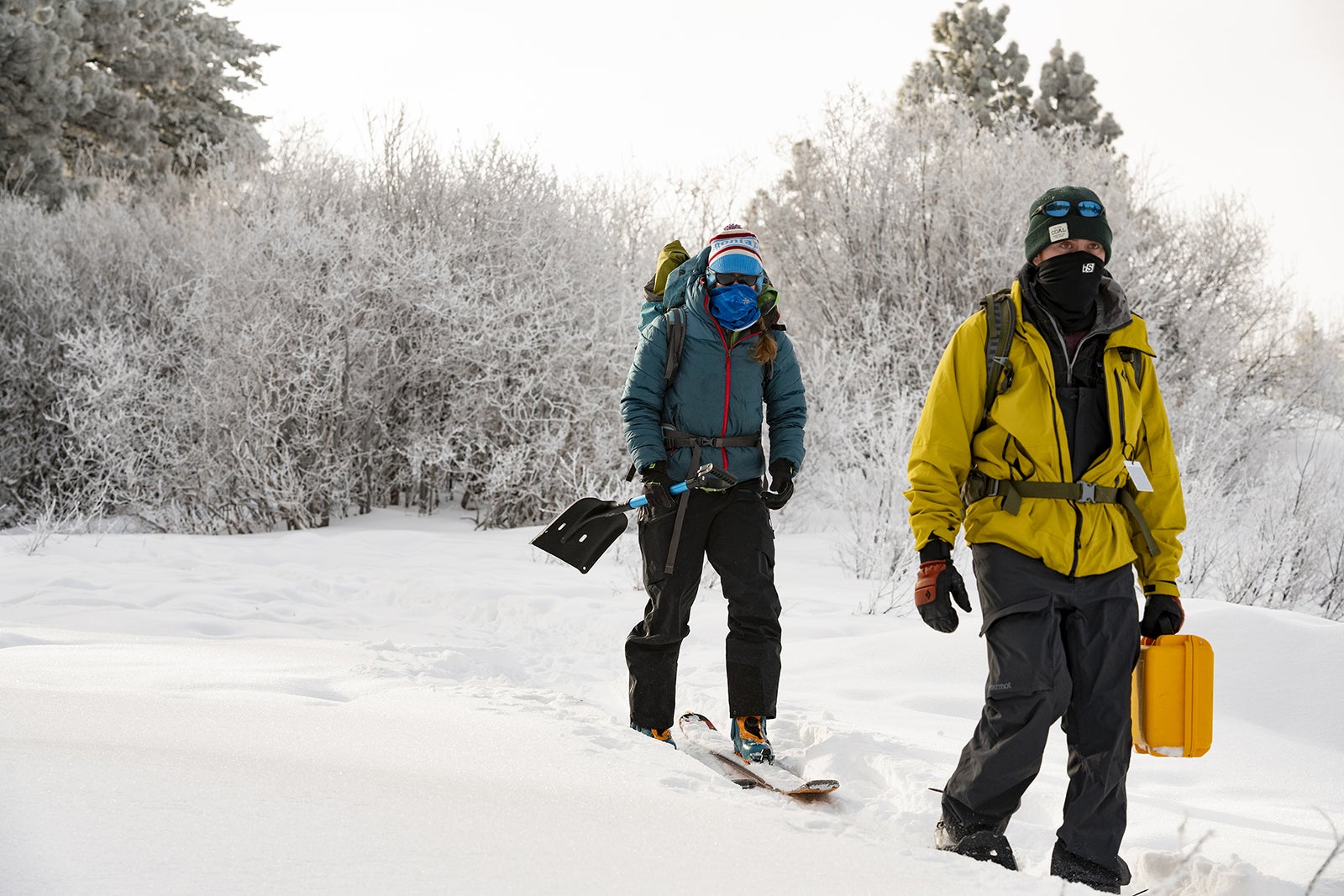
Winter snowfall is responsible for about 70 percent of Idaho’s water supply. Globally, the world depends upon snowpack and snowmelt for everything from hydropower to agriculture. The Department of Geosciences at Boise State is home to snow physicists who work on methods to measure and model snow, as well as snow-focused scientists in geosciences, biology, engineering, and other disciplines.
Hans Peter (HP) Marshall, an associate professor of geosciences, recently received $1 million from the U.S. Army Cold Regions Research and Engineering Laboratory to advance snow monitoring using optical, microwave, acoustic, and seismic technique
“Snow is a relatively new science. A lot of the problems we tackle are questions that a lot of people haven’t actually looked at before. What that means for students is that it’s much easier to make an impact,” Marshall said.
Marshall is also co-project scientist for the NASA SnowEx Mission, which uses surveillance by helicopters and planes, coordinated with fieldwork, to collect snow data. Boise State’s proximity
to Bogus Basin and snowy mountain ranges makes snow research and hands-on field experience accessible for students, Marshall said.
“As an undergraduate, I feel honored to work on such a large project, working with NASA, with universities across the West, meeting people with different backgrounds. It expands my knowledge,” said Daniel Murray, a fourth-year geoscience student from Murrieta, California.